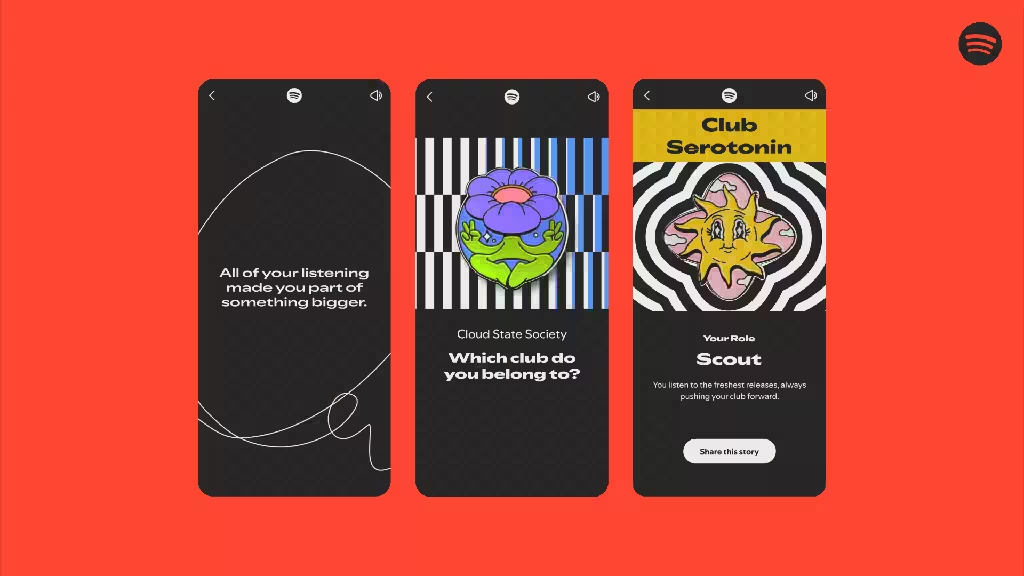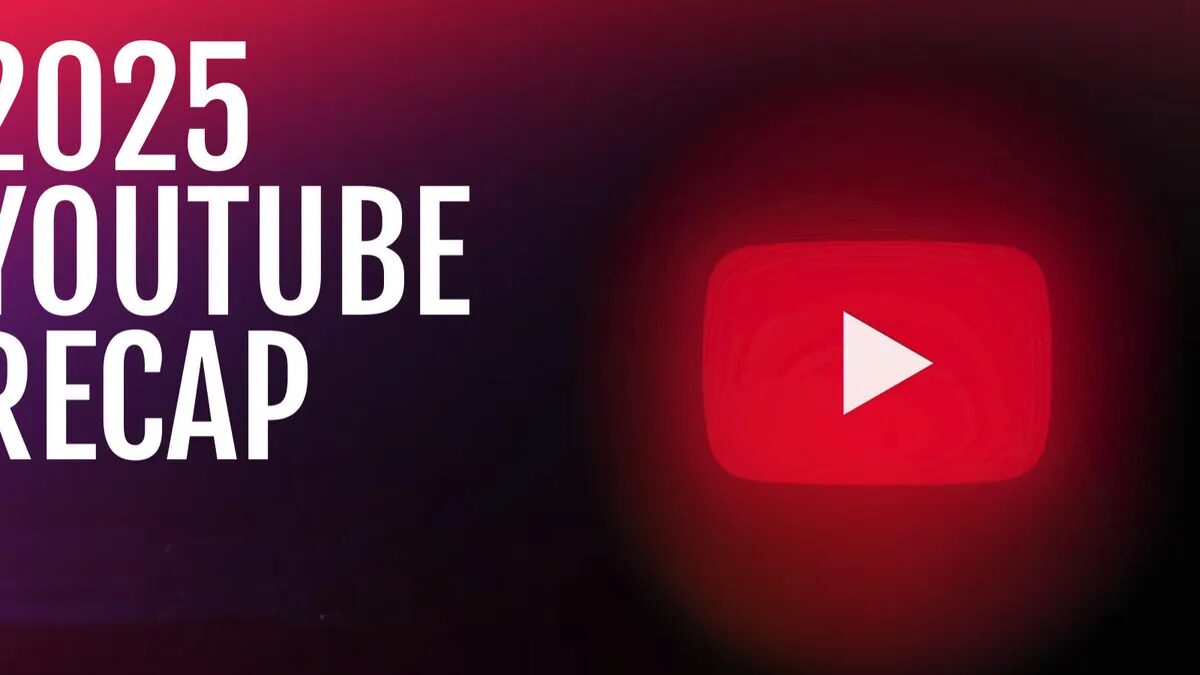Netflix adds HDR10+ support for improved picture quality

Netflix is expanding its list of supported HDR formats, adding HDR10+ in addition to the already available HDR10 and Dolby Vision. The new format will provide improved detail in dark scenes, which is especially important for Netflix original content, which often suffers from a lack of brightness.
Netflix’s HDR10+ support is powered by the AV1 codec, which was introduced back in 2018 and has gradually become the standard for cost-effective 4K streaming. AV1 was previously used in Netflix’s mobile app to save traffic, but now the technology is being applied to streaming HDR content as well.
Netflix has already added HDR10+ to some popular titles, and plans to transition all HDR content to the new format in the future. To take advantage of the new features, users will need Netflix Premium and a device that supports HDR10+ and AV1 (most current smartphones and tablets already meet these requirements).

HDR has long been a key element of modern TV and movies, especially in streaming. It makes images more contrasty, improving the detail of dark and light areas. Many people complain about darker scenes in modern shows, but this is actually due to the expectation of HDR-enabled displays. If there is no such support, the image appears blurry and dull.
Netflix first introduced HDR content in 2016 with the release of the Marco Polo series, and then implemented Dolby Vision and HDR10 for most of its projects. For users of TVs with Dolby Vision, the difference with HDR10+ will be insignificant, but owners of devices with HDR10+ will notice an improvement in picture quality.








